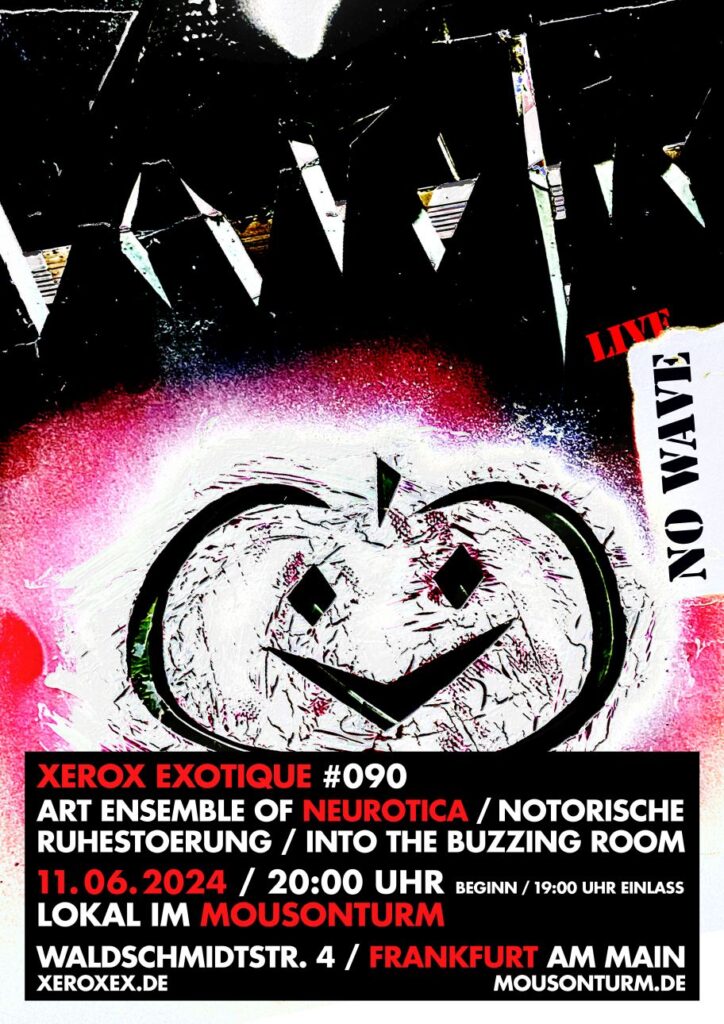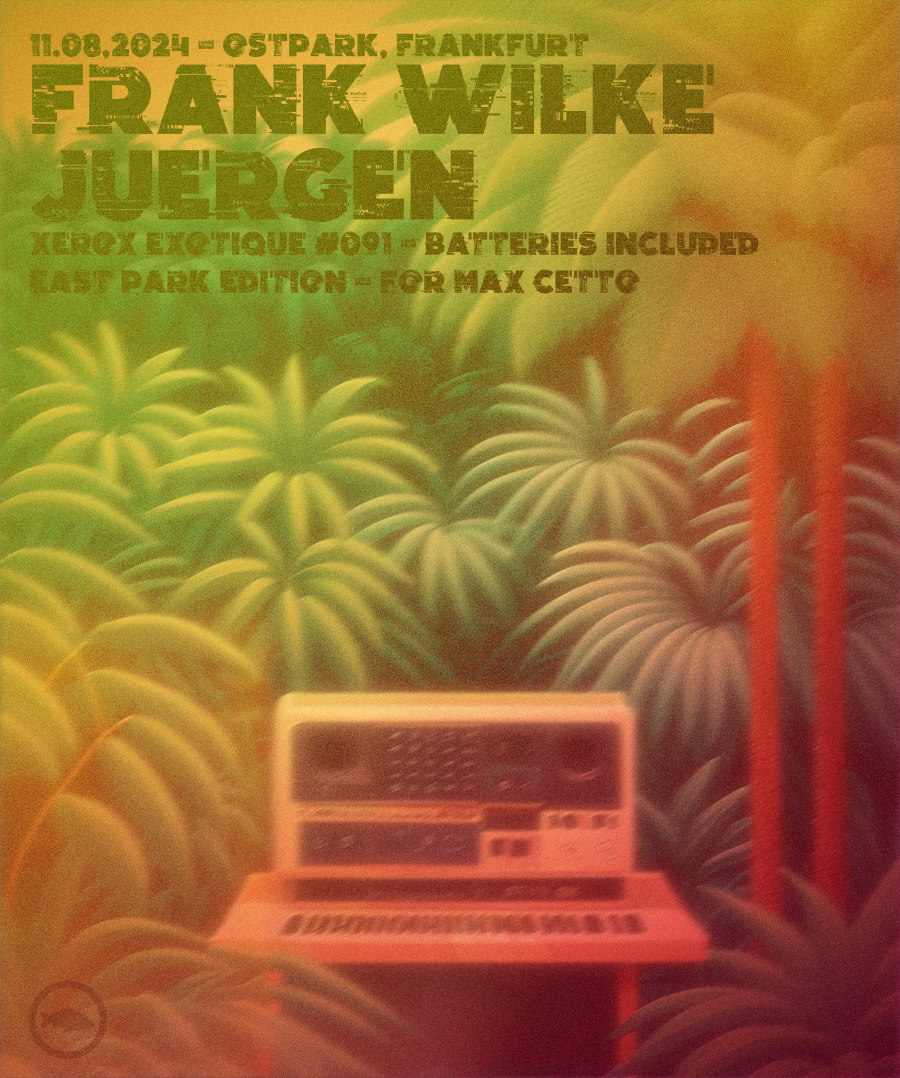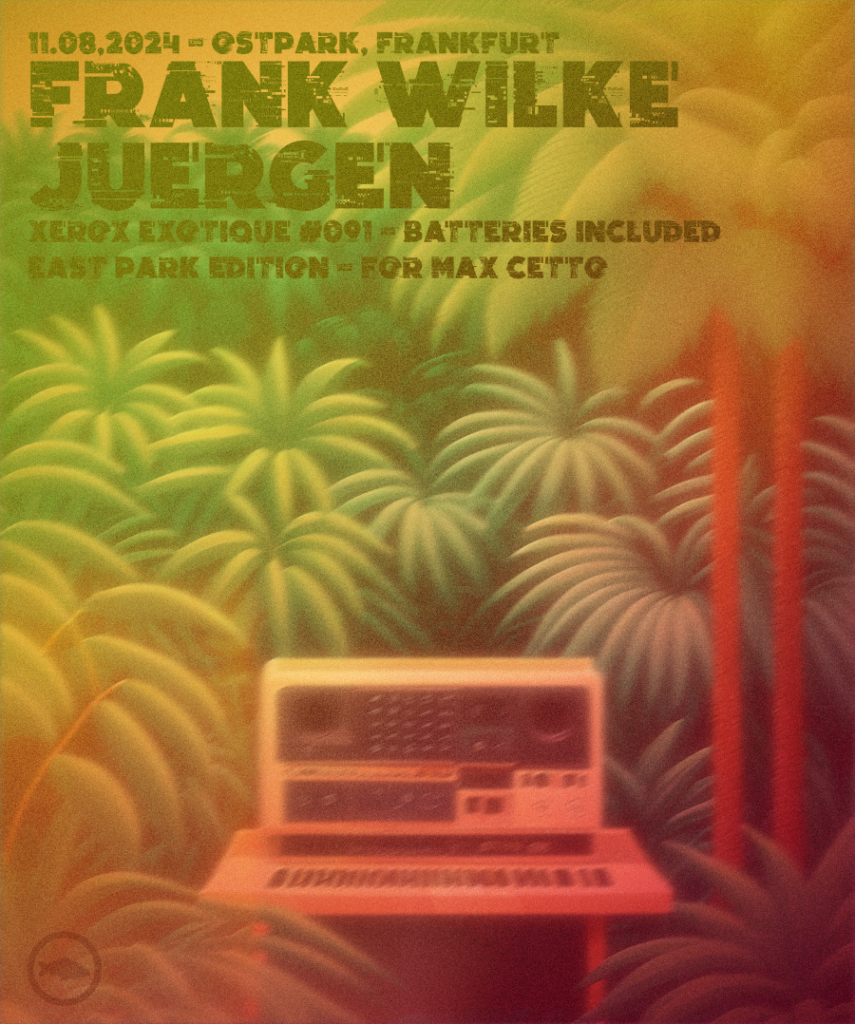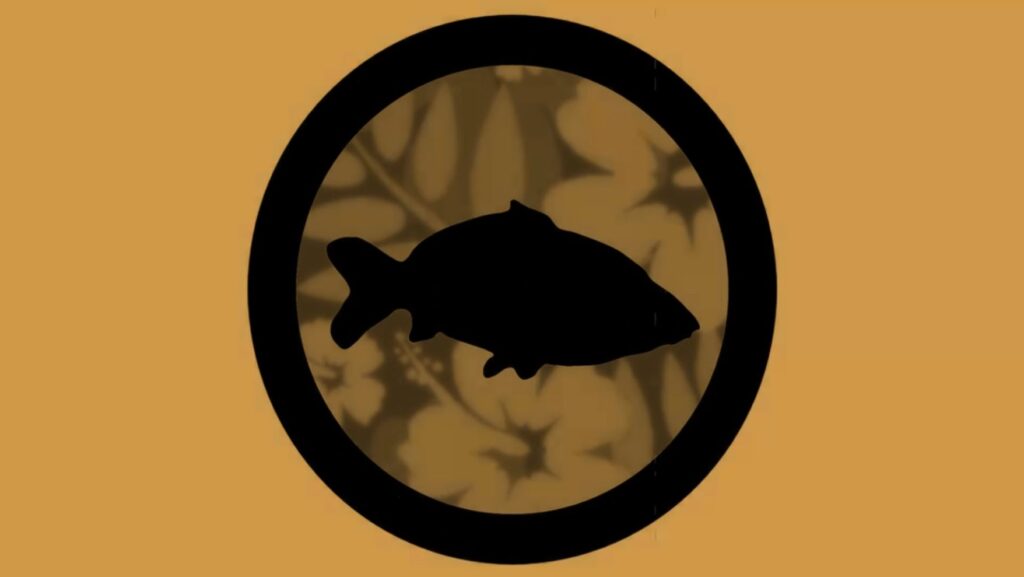Into The Buzzing Room ist: krachende, wüste beats, gesprochener, geschriener gesang, intensive bassklänge. Industrial, Noise, Experimental, Punk, you name it!
https://intothebuzzingroom.bandcamp.com/album/tract
https://www.instagram.com/into_the_buzzing_room
Notorische Ruhestörung ist Künstler*in, Organisator*in und Aktivist*in und konzentriert sich hauptsächlich auf Sound und Musik, ist aber auch in anderen Bereichen wie Video, Performance, Zines und Malerei, DIY-Noisy-Elektronik und Improvisation aktiv ist. Als langjähriges Mitglied der Berliner DIY-, Kollektiv- & Selbstorganisations-Szene ist Notorische Ruhestörung immer an sozialen Kämpfen und Erfahrungen aus dem wahren Leben interessiert, und daran, wie man ein echter &aufrechter Mensch sein kann.
http://soundcloud.com/nruhestoerung
http://vimeo.com/notorischeruhestoerung
http://ruhestoerung.noblogs.org
https://notorischeruhestoerung.bandcamp.com/album/2oo6-2022
Art Ensemble of Neurotica: There’s no Art Ensemble like THE Art Ensemble!
Das Art Ensemble of Neurotica (oder kurz “Art Ensemble” oder auch “Neurotica”) war ein No-Wave-Projekt, das 1985-86 (sic!) mit einer Vielzahl von Gastmusikern nahezu alle Clubs und Festivals im Rhein-Main-Gebiet zerstörte und sich im Anschluss konsequenterweise auflöste. Das erste Konzert in Frankfurt fand im so genannten “Kunsthaus” statt, und jenes war tatsächlich in der damals leer stehenden Mouson-Fabrik beheimatet. Weitere Konzerte waren u.a. in der Batschkapp als Support von Elliott Sharp / Carbon (NYC) im Rahmen der von Heiner Goebbels und Christoph Anders (Cassiber) kuratierten “Materialausgabe”, in der Wiesbadener Wartburg, im Jazzkeller Hanau und im Offenbacher Leonhard-Eisner-Park mit Foots Love You, Quintus Kannegießer (Smiles in Boxes) und dem mittlerweile verstorbenen Ronald Schöppe als Gastmusikern. Mit Chapman Stick, Kettensäge und Metallobjekten war das Instrumentarium durchaus exotisch, und ein konsequenter Einsatz von Synthesizern, Sampling Machines und Simmons Drums war Mitte der 80er sehr weit vorn.
In den letzten Jahren war das Art Ensemble nicht untätig: Es sind eine Reihe Alben erschienen, die sich zwischen Ambient, Nu Jazz und zeitgenössischer Musik bewegen, und darum ist es jetzt an der Zeit, das Art Ensemble wieder auf die Bühne zu bringen.
Besetzung: Dirk Hülstrunk (narrator) – Michael Junck (digital devices) – Johannes Aeppli (percussion) – Guido Braun (strings & conductor)
Spin-offs: klangkombinat, Nopamin, Waffensupermarkt ua.
Kooperationen: Boson Spin, Hypnobeat, LDX#40, szmt uvm.
Diskographie:
- Materialausgabe (Album, Live 1986)
- State of Mind (Album, 2021)
- UAP (One track album, 2021)
- Jesus (Album 2022)
- Almbient (One track album, 2022)
https://music.apple.com/artist/1532817272
https://beatport.com/artist/art-ensemble-of-neurotica/922412
https://www.junodownload.com/artists/art+ensemble+of+neurotica
https://open.spotify.com/artist/0weMJbibYVBMOr4wkxm0AX
https://tidal.com/artist/21422280
https://traxsource.com/artist/574955
https://youtube.com/channel/UC9GK0nET8HeOrR629YqAyGA
11.06.2023 – Einlass 19 Uhr, Beginn 20 Uhr
Solidarisches Preissystem – Eintritt nach Wahl: 7 € / 11 € / 20 € / 35 € – Vorverkauf hier
Künstler*innenhaus Mousonturm (im Lokal) – Waldschmidtstraße 4 – 60316 Frankfurt am Main
Veranstaltung auf der Mousonturm-Website

Posterdesign: Guido Braun











